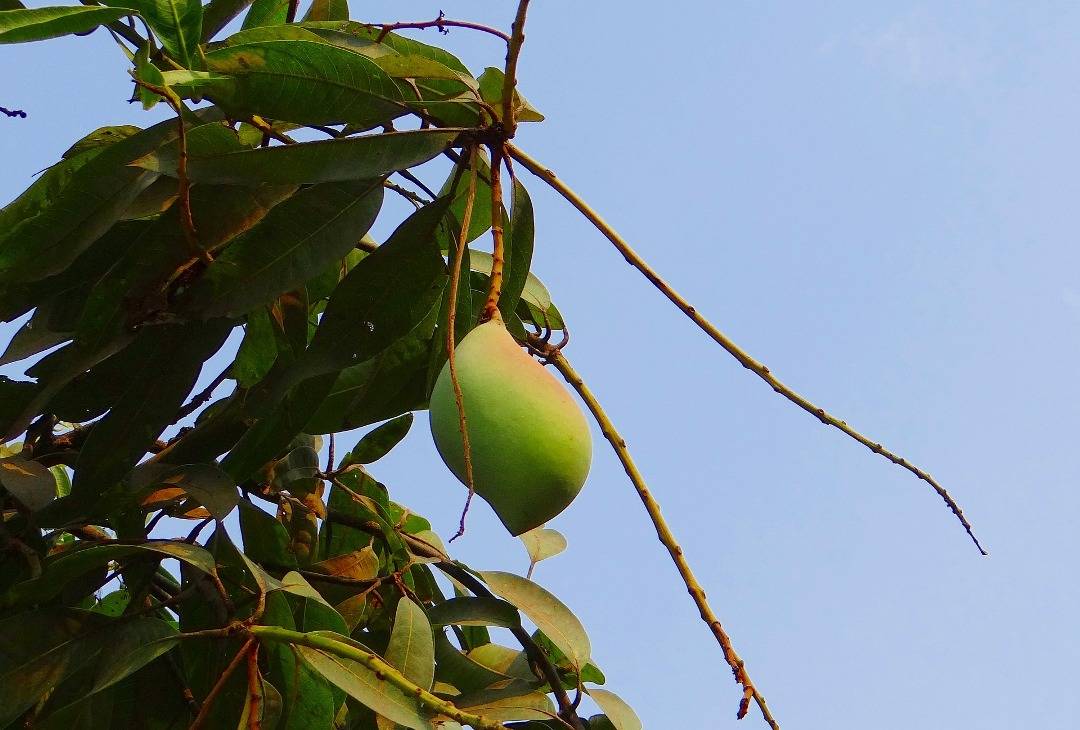
Are you baffled by the different kinds of mango varieties present in the market? Not anymore. Here is a short guide to identifying various mango varieties.
Even if you learn how to identify mangoes, you can never tell which one is better than the other because when it comes to the “king of fruits,” nothing is better than peeling a mango, sinking your teeth into the juicy flesh, and letting the drops of sweetness drip from the sides of your lips. Pure heaven!
1. Totapuri
Grown in Telangana, Karnataka, and Andhra Pradesh.
The ends of this mango variety taper, resembling a parrot’s beak, hence, the name totapuri. “Tota” in Hindi means “parrot.” The variety is mild in taste. It is greenish when ripe and not so sweet. Totapuri is great for pickles and salads due to its sweet-sour taste.

2. Kesar
Grown in the Saurashtra region and in the Kutch areas of Gujarat.
When you bring home these mangoes, your home, preferably the refrigerator where you will usually store them, will be filled with a heavenly fragrance. This is kesar mango. Its fragrance is one of the most striking features, followed by its saffron or “Kesari” colored pulp. Its skin is greener than other varieties but has a red tinge at the shoulders. Gujaratis usually make “aamras” with this variety. Kesar mango is called “queen of mangoes.”
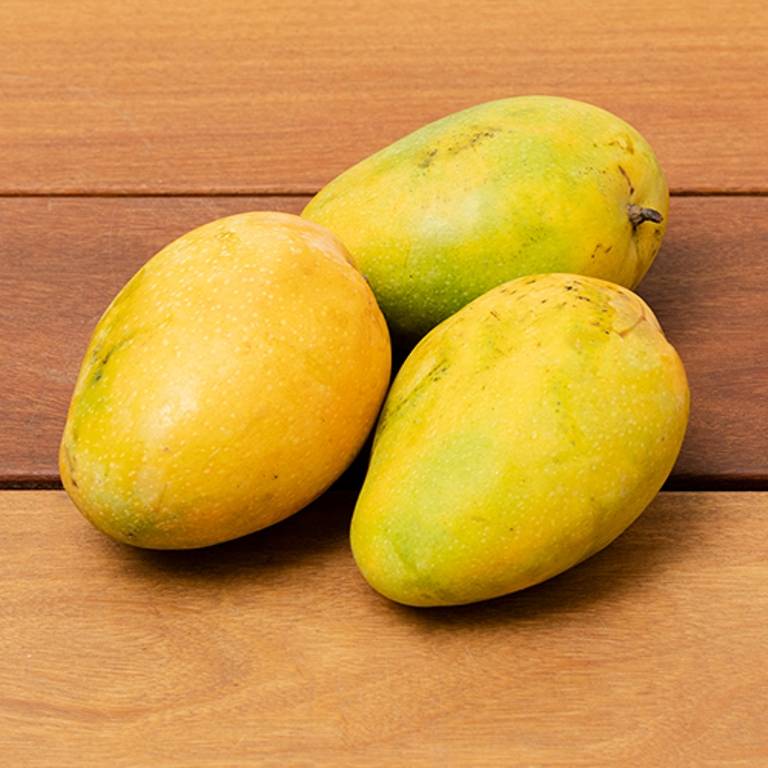
3. Safeda/Baganapalli
Grown in Banaganpalle area of Kurnool district of Andhra Pradesh.
This variety is the one to arrive in the markets the earliest. Its skin features a beautiful bright and almost spotless yellow color and is smooth. Baganapalli mangoes are oval in shape. The mangoes are generally sweet, but with a sour tinge. The fruit is fibreless.

4. Alphonso/Hapus
Although native to Maharashtra, grown in Gujarat and parts of Madhya Pradesh and Karnataka.
This is one of the most expensive varieties of mangoes in India. It is small and spherical in shape with yellow skin featuring a tinge of red. This mango has huge exports.
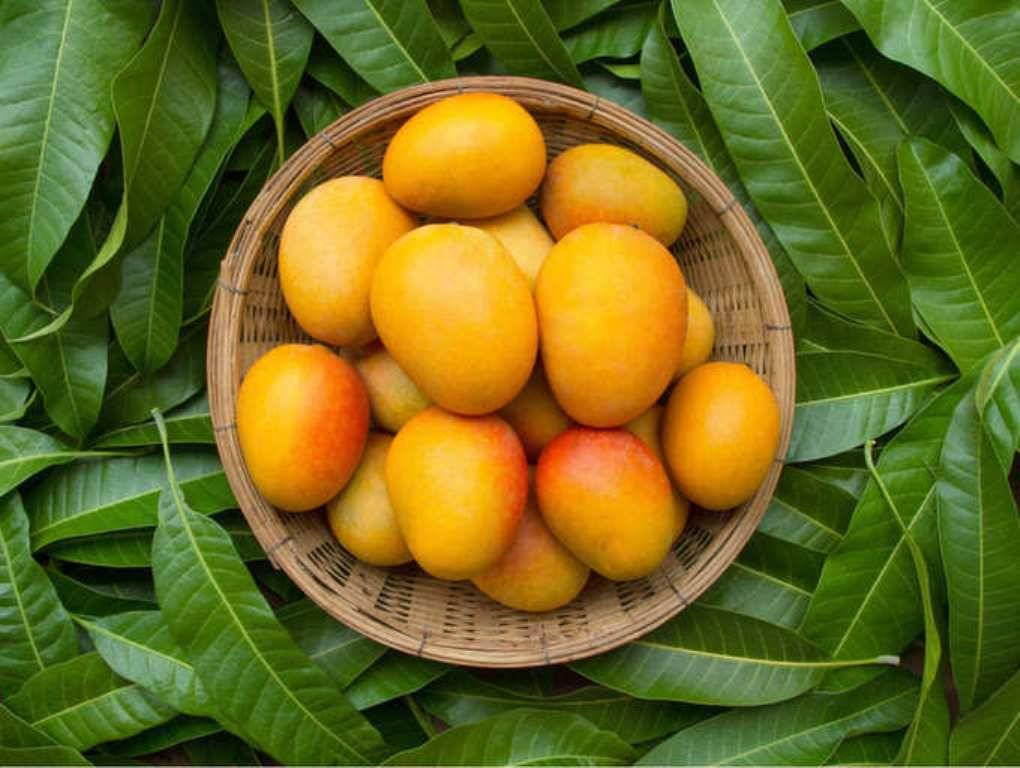
5. Neelam
Grown in Hyderabad, but available in almost all parts of India.
These mangoes are tinier in size than other mango varieties. Their skin is orange. They are in abundance in the market during the month of June. They harbour a sweet fragrance. They are quite juicy and sweet, giving you a heavenly mango-eating experience, no doubt.

6. Langra
Grown in Uttar Pradesh, precisely Varanasi, where it originated.
Langra is a Hindi word that means lame in English. This mango variety got its name because, as the legend goes, it was first cultivated by a man who was lame. The variety is available from July to August. You can easily recognize this variety due to its green skin color even though it is ripe. The shape is oval.
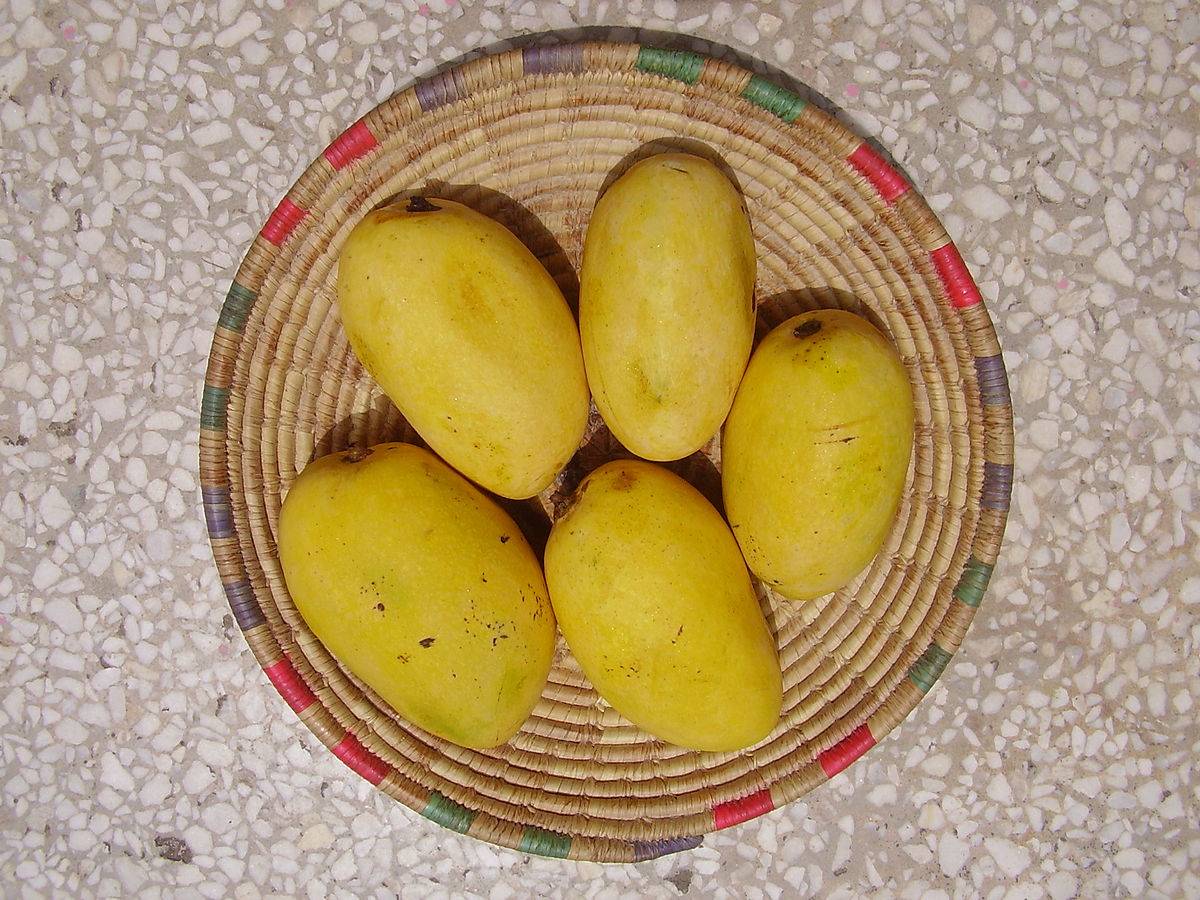
7. Chausa
Grown in Bihar and North India.
This famous North-Indian mango variety was introduced by Sher Shah Suri in the 16th century. The mango is named after a town in Bihar. Chausa mango is quite sweet with juicy pulp and has no fiber or sourness. The skin is bright yellow.
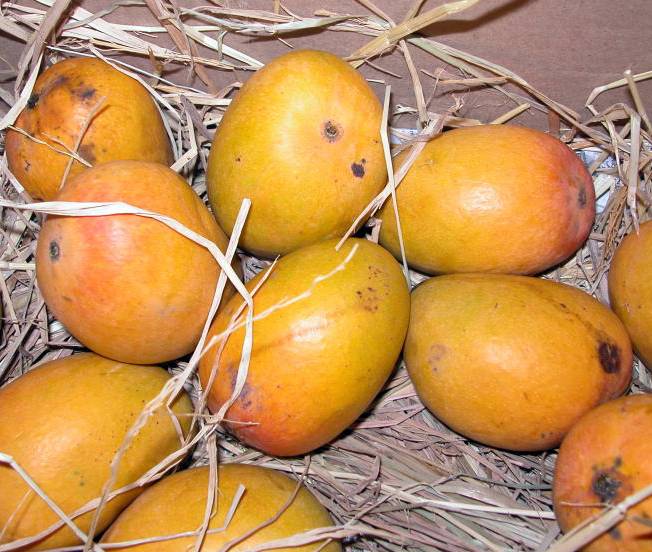
8. Raspuri
Grown and consumed in Old Mysuru, Karnataka.
This mango variety arrives in May and stays till June end. The mangoes are oval and 4-6 inches long. These mangoes are best consumed in the form of smoothie, milkshake, jam, and yoghurt.

9. Himsagar
Grown in Orissa and West Bengal.
This mango variety is loved by Bengalis. It is medium in size with greenish skin and yellow pulp. The mangoes are fibreless and are great for making milkshakes. The season for Himsagar mangoes lasts only four weeks.
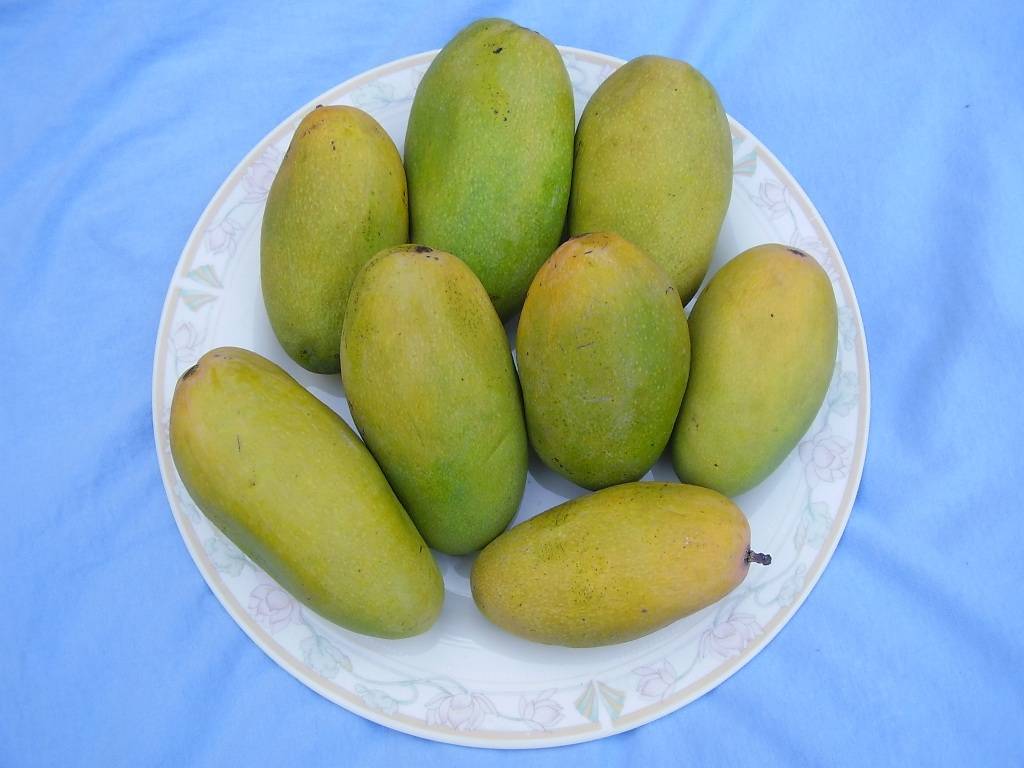
10. Dussheri
Grown in Malihabad belt located 30 km from Lucknow, Uttar Pradesh.
This is one of the most popular mangoes in Uttar Pradesh. The unique feature of this variety is that it is usually consumed by sucking the pulp instead of peeling and cutting the pulp into slices. You soften the mango by pressing and rolling it gently between your fingers and then tear off its tip. Then, simply suck the sweet pulp and take a trip to heaven!
Don’t want to suck? You can peel them and cut them, but they are too juicy so be ready to mess your fingers. Also, you will waste the sweet juice that will simply drip off while cutting; so the best way to enjoy this delightful mango is to suck.
Dussheri mangoes are oval and long in shape with yellow-green or light green skin that turns into golden yellow when fully ripe. The mangoes are quite fragrant and incredibly sweet. Dussehri mango is believed to be originated in the gardens of the Nawab of Lucknow in the 18th century.
We all love mangoes and relish them. But do you know mango leaves are beneficial too? Read 10 amazing benefits of mango leaves.

















